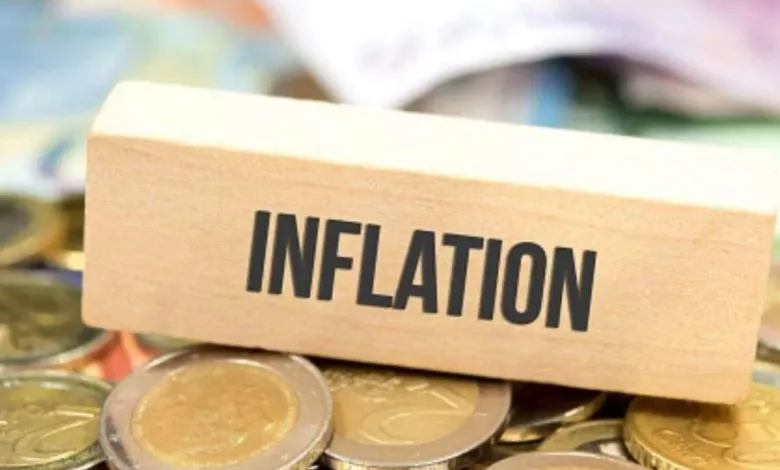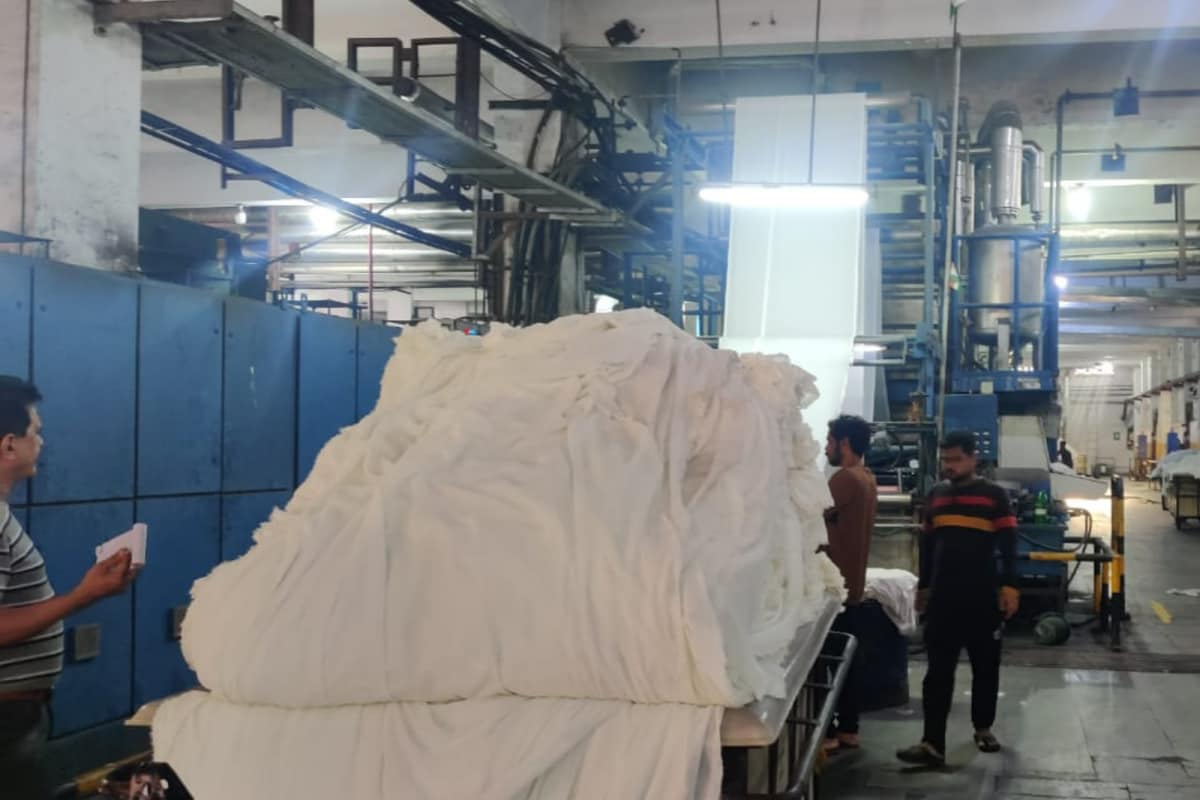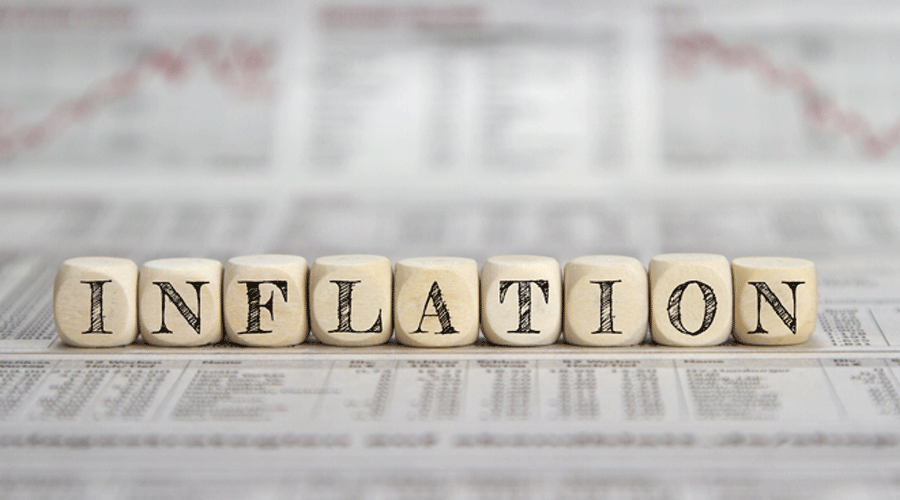Industrial Workers’ Retail Inflation Increased To 6.16% In January.
Information provided by the Labor Bureau of the Ministry of Labour and Employment, the consumer price index (CPI) for industrial employees throughout all of India climbed by 0. 5 points in January, reaching 132.8.

Retail inflation for industrial employees increased to 6.16% in January from 5.50% in December, mostly as a result of increases in the cost of several food goods. The labor ministry also stated in a statement on that food inflation was 5.69% in January as opposed to 4.10% in December.
It was 6.22 percent in January 2022. According to the labor ministry, annual inflation for January was 6.16 percent, up from 5.50 percent for the month before (December 2022) and 5.84 percent for the same month a year prior. Comparing January 2023 to December 2022, the All-India CPI-IW (Consumer Price Index for Industrial Workers) grew by 0.5 points to 132.8 points.
The housing sector exerted the greatest upward impact on the current index, contributing 0.40 percentage points to the overall change. House rent, wheat, wheat atta, cow milk, apples, bananas, oranges, brinjal, lady fingers, kundru, cumin seed/jira, prepared meals, pans completed, zarda, allopathic medication, and toilet soap were among the items that increased in price.
The increase was reportedly primarily restrained by drops in the cost of several commodities, including potatoes, chicken, sunflower oil, cabbage, carrots, cauliflower, peas, onions, soybean oil, capsicum, french beans, green coriander leaves, radish, and tomatoes.
Every month, the CPI-IW is compiled by the Labour Bureau, an associated office of the Ministry of Labour and Employment. It is based on retail prices gathered from 317 marketplaces dispersed throughout 88 of the nation’s major industrial hubs.
Industrial Workers’ All-India CPI Up By 0.5 Points To 132.8 In January
According to information provided by the Labor Bureau of the Ministry of Labour and Employment, the consumer price index (CPI) for industrial employees throughout all of India climbed by 0. 5 points in January, reaching 132.8. According to the statistics, there was a rise of 0.38 percent from one month to the next, compared to a reduction of 0.24 percent between comparable months a year earlier. The housing group’s contribution of 0.40 percentage points to the overall shift was the source of the most upward pressure on the present index.
Maximum rise at the center level of 3 points, Among others 39 centers between 0.1 and 0.9 points, 14 centers between 1 and 1.9 points, and 3 centers with an increase between 2 and 2.1 points were also included. Labac-Silchar, on the other hand, had a maximum drop of 1.5 points. Four centers had a drop of between one and three points, while 21 centers saw a drop of between one and nine points. The other five centers’ indexes stayed constant. Inflation, year over year for the month, was 6.16 percent, up from the prior month’s 5.50 percent and the year prior’s comparable month’s 5.84 percent.
How is the Indian inflation rate calculated?
The consumer price index (CPI) and the wholesale price index are the two indices used in India to calculate inflation (WPI). These two use various methods to determine the change in prices of goods and services to estimate inflation every month. The research aids the government and Reserve Bank of India (RBI) in understanding market pricing changes and monitoring inflation as a result.
The Consumer Price Index, or CPI, examines the retail inflation of goods and services across 260 different commodities in the economy. Retail inflation measured by the CPI takes into account changes in the prices at which consumers purchase items. The Ministry of Labor and the Ministry of Statistics and Program Implementation both gather statistics in their ways. The Wholesale Price Index, or WPI, examines the inflation of only products across 697 categories. The WPI-based wholesale inflation takes into account changes in prices at which customers purchase items from factories, mandis, etc. in bulk or at wholesale rates.
India’s average inflation rate
Consumer pricing index (CPI) data shows that retail inflation in the nation surged to 6.50% in January 2023. The wholesale price index (WPI), which determines the entire cost of items before they are sold at retail rates, had a lower rate of inflation throughout the year of 4.73%. In 2022, the CPI peaked in April at 7.79%, and the WPI peaked in May at 15.88%. The CPI is down 1.09% compared to inflation in January 2020, but the WPI is up 1.72%.
The policy repo rate was raised by the RBI by 25 basis points to 6.50% on February 20, 2023. In his post-MPC announcement speech, RBI Governor Shaktikanta Das stated that the policy rate had been updated to account for inflation and remained accommodating. The RBI’s monetary policy committee has frequently cited inflation as one of the causes of rate rises in its assessments.
Das predicts that inflation will reduce in 2023–2024 and continue to be over the 4% objective. In Q4 2023–2024, inflation is projected to be 5.6% on average. Also, the RBI forecasts 6.8% real GDP growth for 2022–2023 and 7.1% for Q1 2023–2024. The future course of inflation is heavily influenced by the cost of domestic goods like vegetables, cereals, spices, etc. Previously, the RBI had attributed the demand-supply mismatch of goods and services, which created downside risks to GDP, to the pandemic, the geopolitical crisis, and the weak Indian rupee.
The U.S. Federal Reserve also continued to hold the view that rising inflation was impeding the nation’s economic development and ended the year in December 2022 by raising interest rates for the seventh time in a row. The Fed has stated that signs of peak inflation have emerged since reaching a 40-year high above 9% in June. Market investors anticipate a decline in real inflation during the next six to twelve months. In 2023, the Fed may cease raising interest rates altogether, according to projections.
How Can Inflation Be Beaten?
The administration has already announced several initiatives to lower inflation, including lowering import duties on essential raw commodities and crude edible oils. The repo rate, which is the interest rate or fee charged to public and private banks for borrowing money from the central bank, is one method the RBI uses to combat inflation by balancing the supply and demand of goods and services.
Banks are forced to raise loan and deposit interest rates in response to the rise in repo rates. As a result, it’s critical to maintain your financial discipline, not simply about spending and purchasing patterns but also about investments and savings.
edited and proofread by nikita sharma



